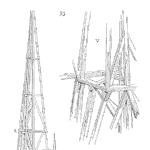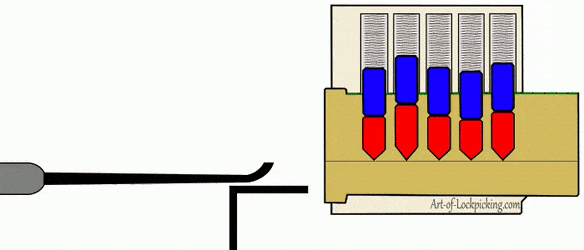
In February I did a hit and run trip to Fairbanks Alaska with my daughter, age 11, to try and see the Northern Lights. It was a long shot but I’ve done nuttier expeditions and she was game. It was actually her idea, and she knew who the right person was to ask for such a trip. She turned 11 in January. I asked her what she wanted for her birthday. I was ready for the “this or that electronic” request. Instead she said “I want to see the Northern Lights.” First thought was “Geez that’s a bit extravagant” but then my second thought was she’s 11 and this could have a great impact on her and what an interesting/cool thing to ask for. It might energize an interest in physics or natural photography, or cold weather clothing design. I also thought about how in a few years she may not want to do anything with me because I’ll be an “idiot who doesn’t get it.”
then my second thought was she’s 11 and this could have a great impact on her and what an interesting/cool thing to ask for. It might energize an interest in physics or natural photography, or cold weather clothing design. I also thought about how in a few years she may not want to do anything with me because I’ll be an “idiot who doesn’t get it.”














 Ask a question or send along a comment.
Please login to view and use the contact form.
Ask a question or send along a comment.
Please login to view and use the contact form.